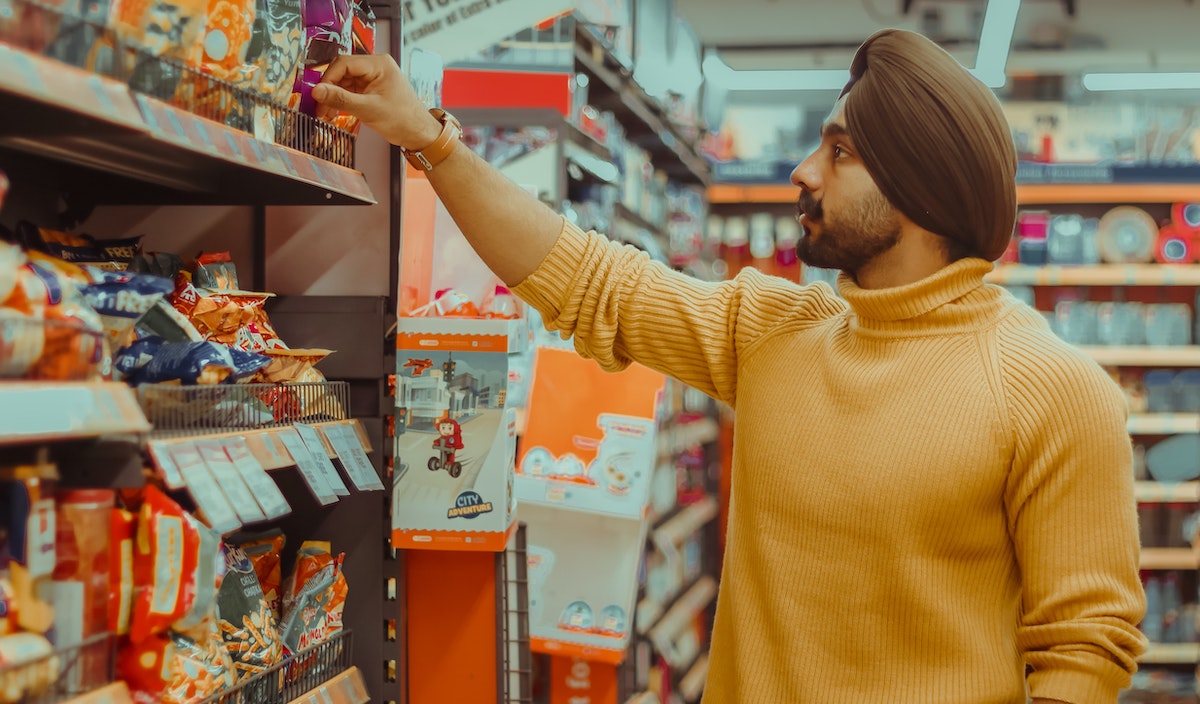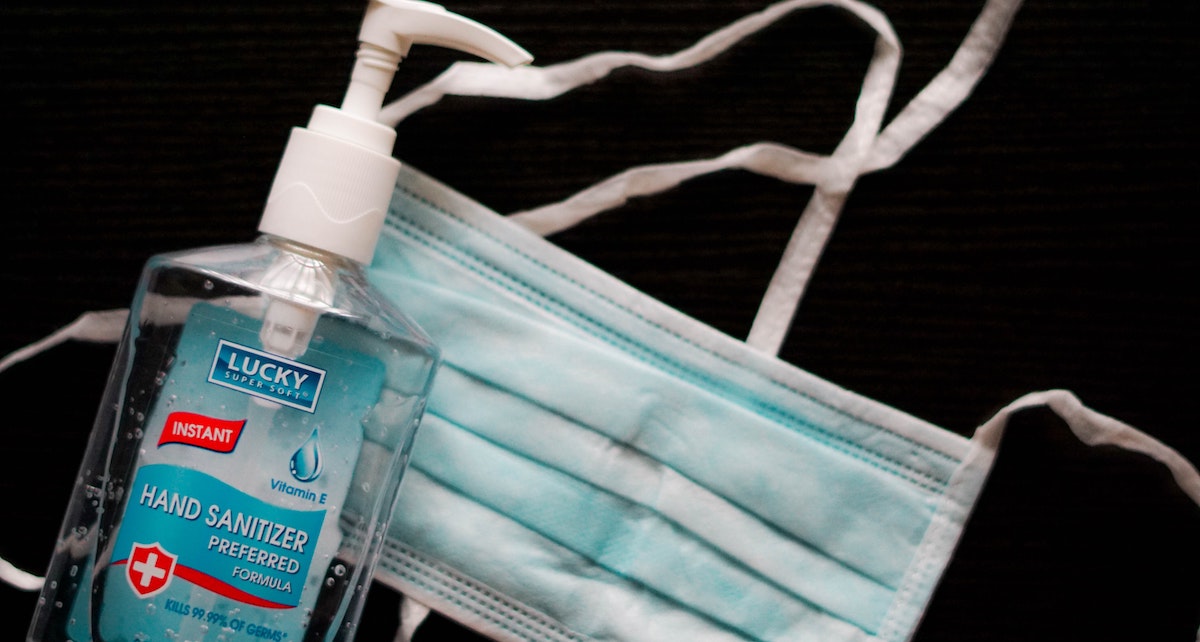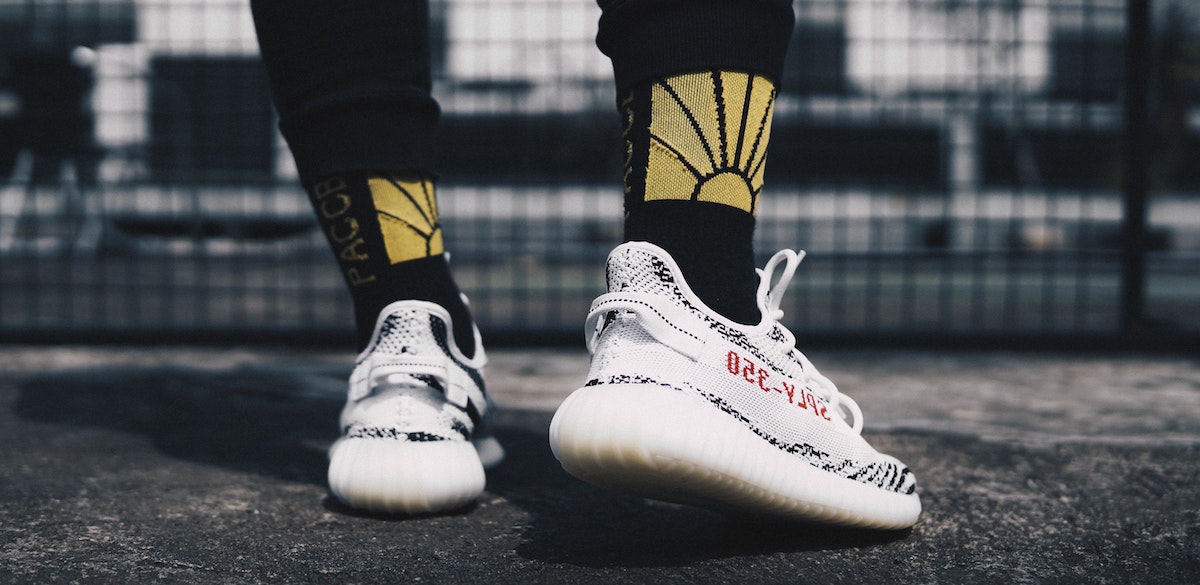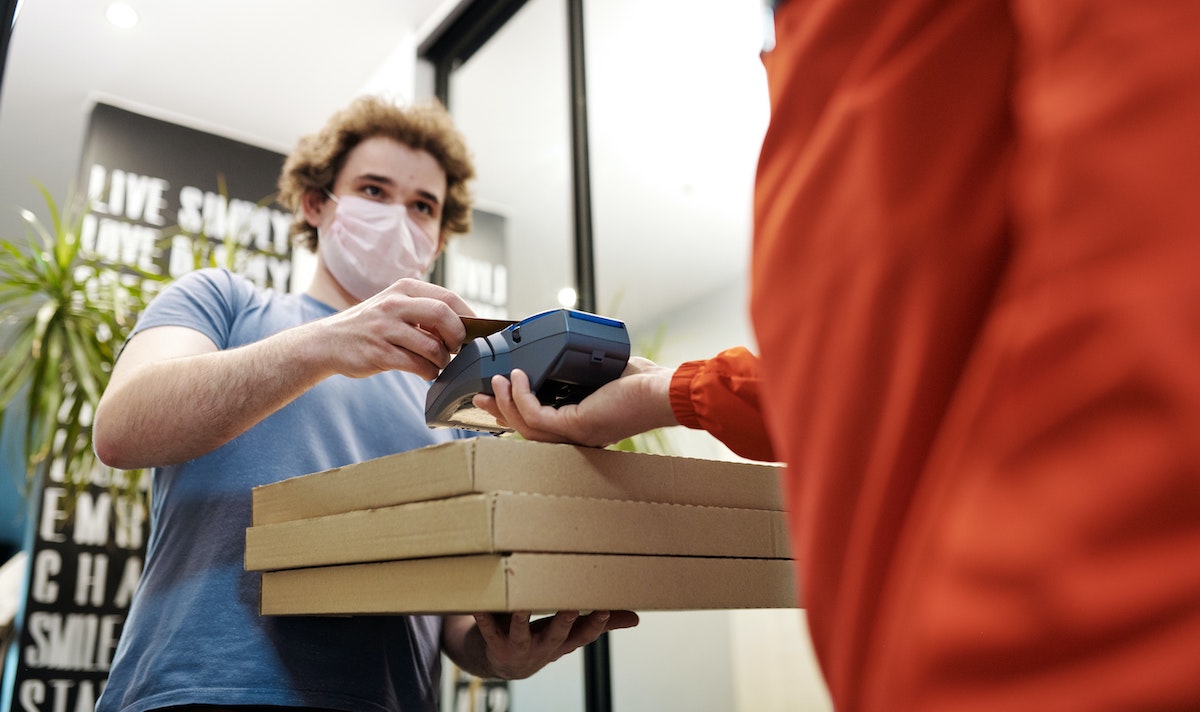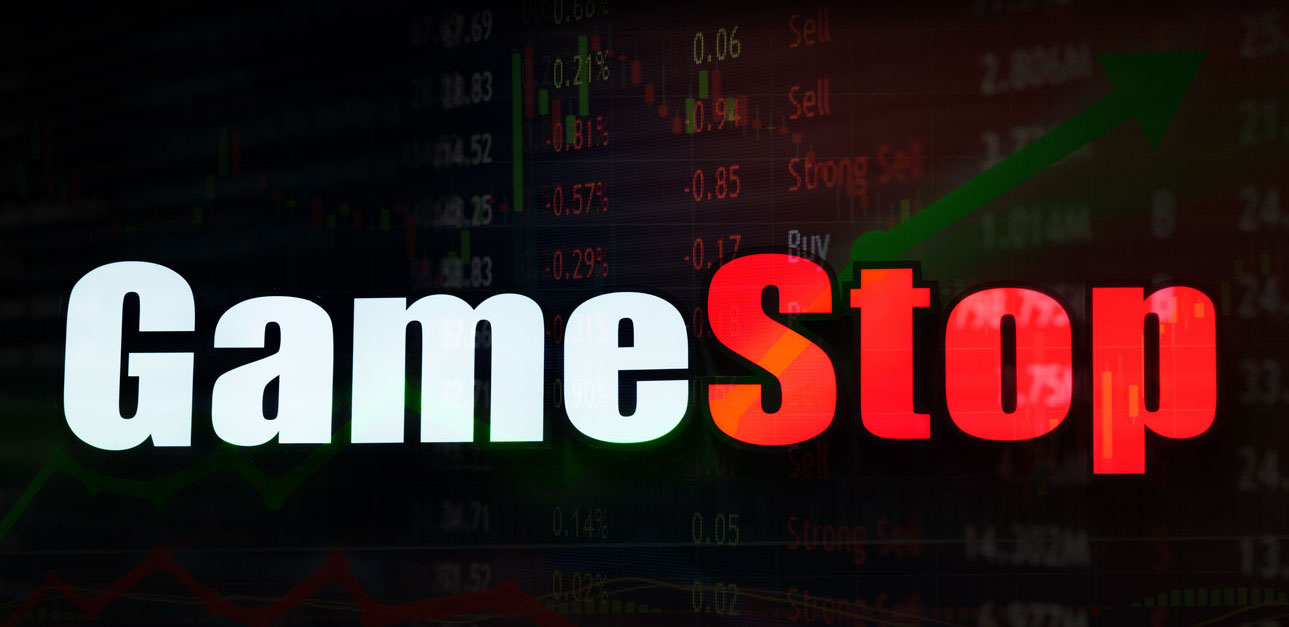Brick-and-mortar retailers have been suffering during COVID-19, but one category that is expanding is dollar stores. Demand for the inexpensive groceries and household items found in dollar stores skyrocketed in 2020, especially in rural areas with fewer shopping options. An analysis of transaction data found that among dollar stores, Dollar General experienced the highest sales growth in 2020 by capturing spend from customers who previously shopped at competitors.
Since restrictions on social gatherings were introduced in March 2020, many U.S. consumers have turned to animal adoption to keep themselves company during the coronavirus pandemic. The pet industry as a whole observed 18 percent growth from March to December of 2020, with most of this growth driven by the pet supplies sector. Sales for the pet supplies sector have increased in the COVID-19 era. Meanwhile, pet care companies (dog walking, dog hotels, pet vacations and entertainment services) have been dealt a huge blow, as consumers have stayed home and sought new ways to keep their furry friends entertained. Year-over-year growth for pet care companies dropped 47 percent in March 2020 and has not fully recovered.
The pandemic has had a mixed impact on vitamin companies. While wellness giant GNC declared bankruptcy in June and announced it would close 1,200 stores, DTC vitamin companies are flourishing. More specifically, ecommerce vitamin companies like Ritual and Persona have seen their sales and market share increase during the pandemic—appealing to customers through a combination of personalized offerings, a focus on online sales, and influencer marketing. For the past three years, sales for the vitamin category have been trending downward. By Q4 2020, vitamin sales were 68 percent of what they were in Q1 2018. Interestingly, the vitamin market follows a pattern every year, in which sales spike in Q1 before tapering off for the remaining three quarters.
U.S. consumer spending has been altered by the coronavirus pandemic. Our data reveals that consumers are changing the way they pay for goods and services, with some industries seeing spending shift toward online purchases. Additionally, the pandemic has changed the types of purchases consumers are making, with stimulus recipients increasing their spending on big-ticket items. By analyzing industry-level data, consumer spending trends can provide insight into which sectors of the economy are recovering fastest. Overall, consumer spending in February versus the same month in 2020 is up 13 percent across all sectors, an aggregation of over 5,200 major U.S. companies.
Subscription boxes have been booming during the pandemic, enabling consumers to shop for products such as food, alcohol, beauty, and clothing from the comfort of homes. As schools nationwide transitioned to remote learning–with several remaining online into 2021–another area that’s been experiencing renewed interest is subscription boxes for kids.
When many Americans sheltered in their homes early in the coronavirus pandemic, meal delivery sales reached new heights. Our data reveals that in February, sales for meal delivery services grew 119 percent year-over-year, collectively. Shelter-in-place orders may also be driving more Americans to make their first meal delivery purchase. In February, 47 percent of U.S. consumers had ever ordered from one of the services in our analysis, up from 37 percent a year ago.
Aftermarket sneaker resellers have witnessed a surge in consumer demand over the last 12 months, likely accelerated by the closure of brick-and-mortar sneaker stores during the pandemic. While traditional sneaker retailers—FootLocker, FinishLine, and ShoePalace—saw little or no growth in 2019 and then experienced a collective year-over-year sales decrease of 72 percent in April 2020, aftermarket sneaker resellers, which largely sell online, saw a collective year-over-year sales increase of 68 percent that same month.
The demand for athleisure apparel has been soaring as Americans continue to work from home and swap their gym routines for at-home workouts. As a result, activewear companies have experienced strong sales growth over the past year, while several retailers and clothing subscription box companies have incorporated more athleisure into their offerings. Additionally, our analysis of athleisure brands reveals that UK-based Gymshark is gaining market share from its more established competitors, and continues to gain traction in the U.S.
In a challenging year for apparel companies, many clothing subscription companies doubled down on their e-commerce strategies. In March 2020, Nordstrom closed its brick-and-mortar Trunk Club locations in favor of ramping up its digital channels. Similarly, Rent the Runway announced that it would permanently close its five stores while revamping its membership tiers to eliminate the unlimited rental option.
The COVID-19 pandemic has increased the popularity of third party delivery services, which have seen a surge in full-service restaurant partnerships as many restaurants turn to third-party delivery services to stay afloat. However, our consumer transaction data reveals that third party delivery services generate significantly more sales through quick-service restaurants than full-service restaurants, though they constitute a larger portion of total sales at full-service restaurants.
With alcohol delivery sales reaching new heights in the pandemic, American Airlines has recently announced its plans to start a wine delivery service to sell some of its surplus wine that isn’t being consumed on flights. However, an increasingly crowded category and rising consumer demand means that market share among DTC wine companies has shifted over time.
U.S. consumer spending has been altered by the coronavirus pandemic. Our data reveals that consumers are changing the way they pay for goods and services, with some industries seeing spending shift toward online purchases. Additionally, the pandemic has changed the types of purchases consumers are making, with stimulus recipients increasing their spending on big-ticket items. By analyzing industry-level data, consumer spending trends can provide insight into which sectors of the economy are recovering fastest. Overall, consumer spending in January versus the same month in 2020 is up 28 percent across all sectors, an aggregation of over 5,200 major U.S. companies.
When many Americans sheltered in their homes early in the coronavirus pandemic, meal delivery sales reached new heights. Our data reveals that in January, sales for meal delivery services grew 164 percent year-over-year, collectively. Shelter-in-place orders may also be driving more Americans to make their first meal delivery purchase. In January, 46 percent of U.S. consumers had ever ordered from one of the services in our analysis, up from 36 percent a year ago.
When U.S. cities and states faced shelter-in-place orders to limit the spread of the coronavirus, Americans’ reduced mobility resulted in plummeting sales at rideshare companies. While rideshare sales have been gradually recovering over the past several months, November marked a decline for the first time since April. Sales rebounded slightly in January, but Uber sales were still down 67 percent year-over-year and Lyft sales were down 70 percent year-over-year.
While GameStop (NYSE: GME) has been in the news due to the recent Reddit-fueled buzz, trading activity, and stock volatility, transaction data reveals that its sales have decreased over the last two years—exacerbated by COVID-19 as well as the increase in gaming publishers’ and console manufacturers’ direct-to-consumer offerings. Over the last 12 months, GameStop’s average weekly year-over-year sales growth stood at -23 percent.
When lockdown orders went into effect during COVID-19, consumers increasingly turned to online retailers for necessities. For the beauty industry, this meant a renewed interest in beauty subscription boxes. DTC beauty box companies offer subscriptions (usually monthly or quarterly) and an additional ecommerce platform for purchasing beauty and makeup products.
When U.S. cities and states faced shelter-in-place orders to limit the spread of the coronavirus, Americans’ reduced mobility resulted in plummeting sales at rideshare companies. While rideshare sales have been gradually recovering over the past several months, November marked a decline for the first time since April. Sales declined even further in December, with Uber sales down 71 percent year-over-year and Lyft sales down 73 percent year-over-year.
When many Americans sheltered in their homes early in the coronavirus pandemic, meal delivery sales reached new heights. Our data reveals that in December, sales for meal delivery services grew 138 percent year-over-year, collectively.
As COVID-19 has forced movie theatres to close and spurred increased subscriptions to streaming services nationwide, Disney has doubled down on streaming by releasing new movies straight to Disney+. Our analysis explores customer acquisition and retention in the days before and after the release of Mulan (when this surcharge went into effect) as well as consumer behavior around other noteworthy Disney+ launches.
When U.S. cities and states faced shelter-in-place orders to limit the spread of the coronavirus, Americans’ reduced mobility resulted in plummeting sales at rideshare companies. While rideshare sales have been gradually recovering over the past several months, November marked a decline for the first time since April. In November, Uber sales were down 67 percent year-over-year and Lyft sales were down 69 percent year-over-year.







